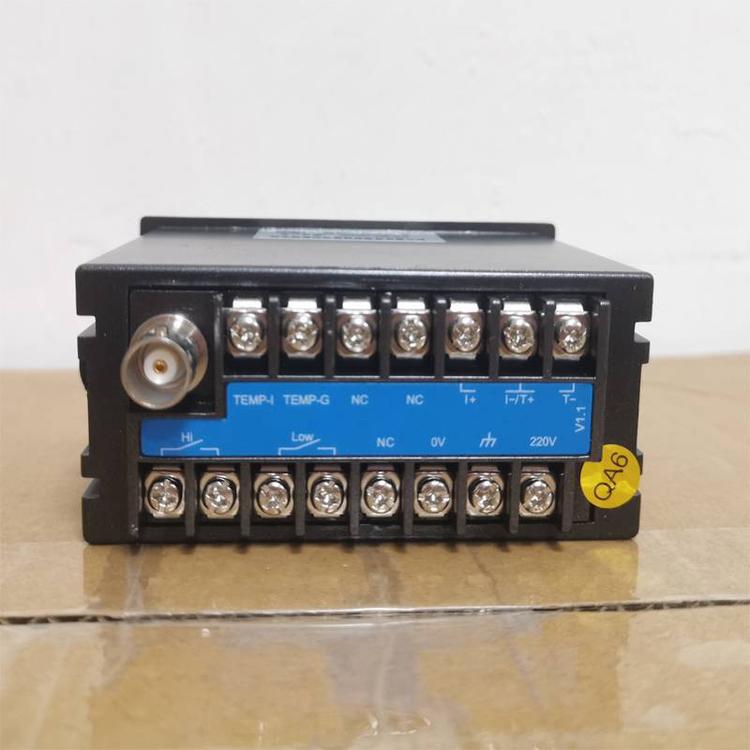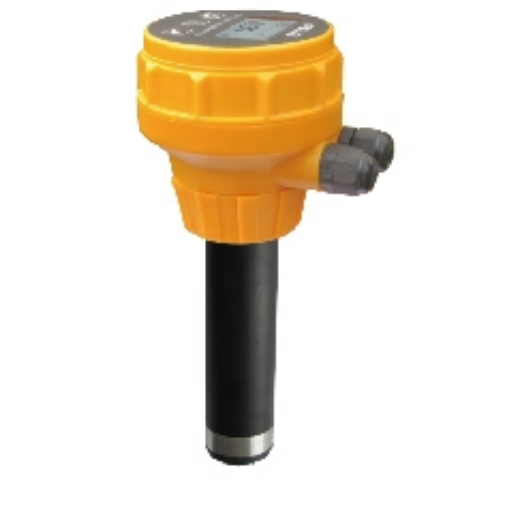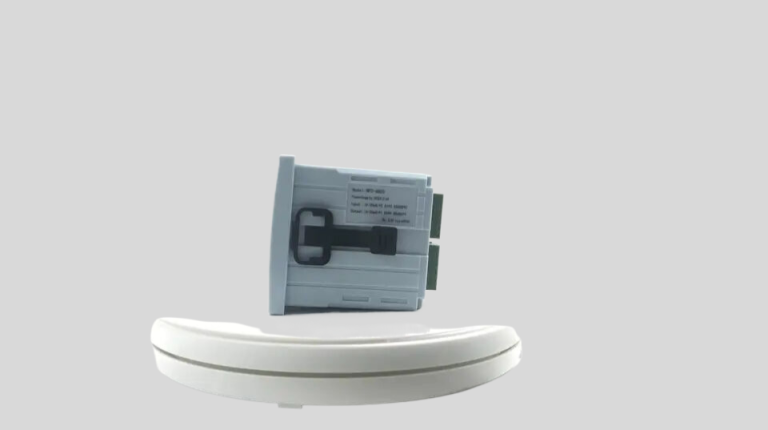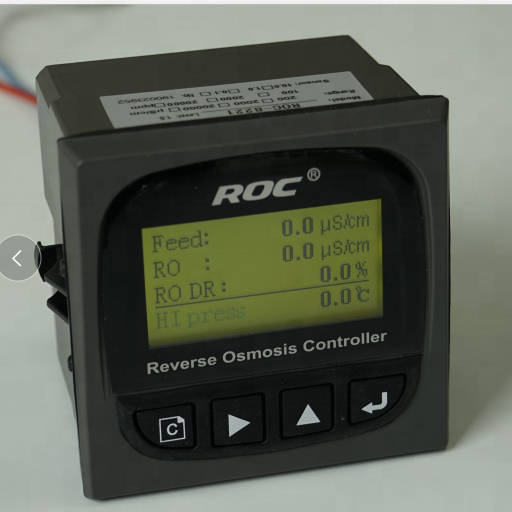Importance of Wastewater Quality Monitoring in Environmental Protection
Wastewater quality monitoring plays a crucial role in safeguarding the environment and public health. By systematically assessing the quality of wastewater discharged into water bodies, treatment plants can ensure compliance with environmental regulations and standards. This monitoring process involves the collection, analysis, and interpretation of data to evaluate the effectiveness of treatment processes and identify potential risks to the environment.
One of the primary reasons why wastewater quality monitoring is essential is its impact on water resources. Wastewater contains various pollutants, including organic matter, nutrients, heavy metals, and pathogens, which can have detrimental effects on aquatic ecosystems if not properly treated. Monitoring allows authorities to track the levels of these pollutants and take corrective actions to prevent water contamination and protect biodiversity.
| Model | TUR-6101 Laser Turbidity Data Acquistion Terminal |
| Range | 0-10/100/4000NTU or as required |
| Display | LCD |
| Unit | NTU |
| DPI | 0.01 |
| Accuracy | ±5% FS |
| Repeatability | ±1% |
| Power | ≤3W |
| Power Supply | AC 85V-265V±10% 50/60Hz or |
| DC 9~36V/0.5A | |
| Working Environment | Ambient temperature:0~50℃; |
| Relative humidity≤85% | |
| Dimensions | 160*80*135mm(Hanging) or 96*96mm(Embeded) |
| Communication | 4~20mA and RS-485 communication (Modbus RTU) |
| Switched output | Three-way relay,capacity 250VAC/5A |
Furthermore, wastewater quality monitoring is vital for human health protection. Contaminated water can pose significant risks to public health, leading to waterborne diseases and other health issues. By monitoring the quality of wastewater, authorities can ensure that the water released into the environment is safe for recreational activities, fishing, and drinking purposes. This proactive approach helps prevent the spread of diseases and reduces the burden on healthcare systems.

Moreover, wastewater quality monitoring is essential for ensuring the efficiency and performance of wastewater treatment plants. By continuously monitoring key parameters such as biochemical oxygen demand (BOD), chemical oxygen demand (COD), total suspended solids (TSS), and pH levels, operators can optimize treatment processes, troubleshoot issues, and minimize operational costs. Regular monitoring also helps in detecting equipment malfunctions, leakages, or other anomalies that may affect plant performance.
| Model | POP-8300 free chlorine online analyzer |
| Measurement range | (0.00-2.00)mg/L(ppm) (0.00-20.00)mg/L(ppm) |
| Accuracy | Indication error 10% |
| Resolution | 0.01mg/L(ppm) |
| Communication interface | RS485 MODBUS RTU communication protocol |
| Analog output | Double channel (4-20)mA output; Isolated, reversible, completely adjustable, instrument/transmitter dual mode; ±0.1mA transmission accuracy |
| Control output | Double channels, Load capacity 50mA(Max),AC/DC 30V |
| Power supply | Connected to electric supply AC80-260V;50/60Hz, compatible with all international market power standards(110V;220V;260V;50/60Hz). |
| Working environment | Temperature:(5-50)℃;relative humidity:≤85% RH(non-condensation) |
| Power Consumption | <20W |
| Storage environment | Temperature:(-20-70)℃;relative humidity:≤85%RH(non-condensation) |
| Installation | Wall mounted (with the preset back cover) |
| Cabinet weight | ≤10kg |
| Cabinet dimension | 570*mm*380mm*130mm(H×W×D) |
Transparency and accountability are also significant benefits of wastewater quality monitoring. By publicly reporting monitoring data and compliance status, authorities demonstrate their commitment to environmental protection and public safety. This transparency fosters trust among stakeholders, including the general public, regulatory agencies, and environmental organizations. It also encourages industry players to adopt best practices and invest in sustainable wastewater management solutions.
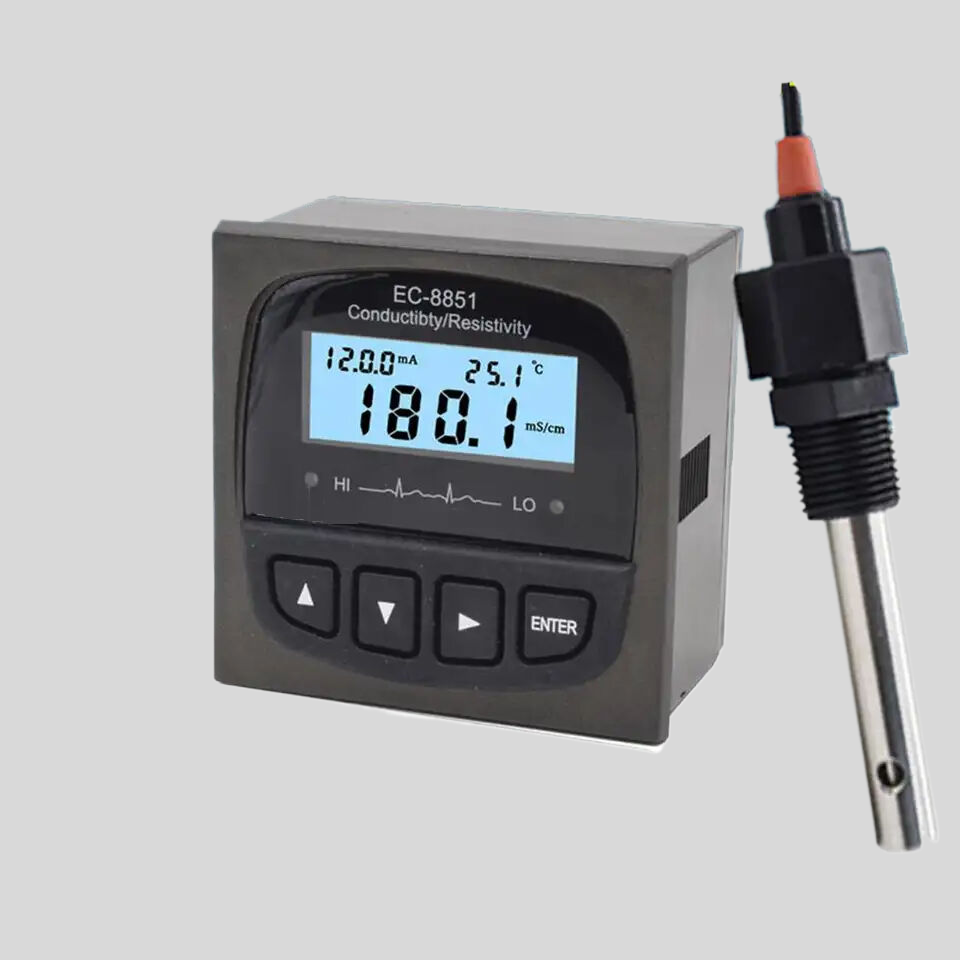
In conclusion, wastewater quality monitoring is a critical component of environmental protection efforts. By monitoring and managing the quality of wastewater, authorities can safeguard water resources, protect public health, promote sustainable water management practices, ensure the efficiency of treatment plants, and enhance transparency and accountability. Investing in robust monitoring programs and data-driven decision-making processes is essential for achieving long-term environmental sustainability and resilience.


